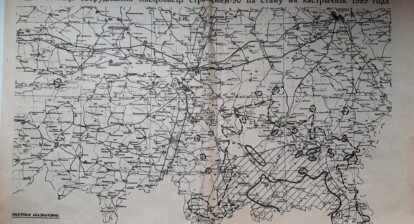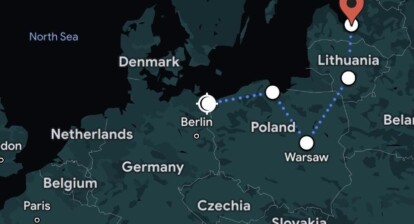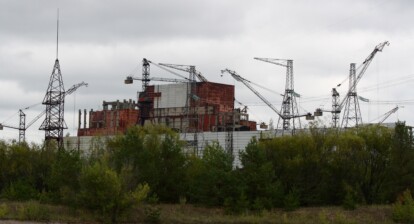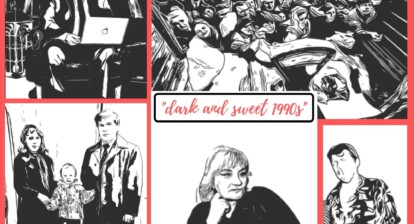More than three decades after the nuclear desaster in Chernobyl, the accident at the nuclear power plant is not just a mere historical fact, instead its radioactive residues still affect people in Belarus and Ukraine today. Still, Chernobyl should not be just a mention in historical books. Instead it should serve as an important lesson on how not to handle a nuclear catastrophe, on failed communication, and severe lack of reponsibilty from the officials. The handling of the accident in the poweplant in Fukushima in 2011 has proven, that we still have a long way of learning ahead of us. Thus, equally as it is part of European history, Chernobyl is a matter of today and the future.
If it happend today – this is how we imagine a Chernobyl Twitter-feed to look like.
30 years ago Facebook, Instagram and Twitter were not even ideas. However, nowadays they are reality and used as means of communication not only among people but also by governments and other institutions. Thus, inspired by true events of the Chernobyl accident and its aftermath, we created a fictional twitter-feed, which might make you smile, but above all aims to inform you about the (worrisome) timeline* of the nuclear catastrophe.
 |
 |
 |
 |
 |
 |
 |
 |
 |
 |
 |
 |
 |
 |
 |
 |
 |
 |
 |
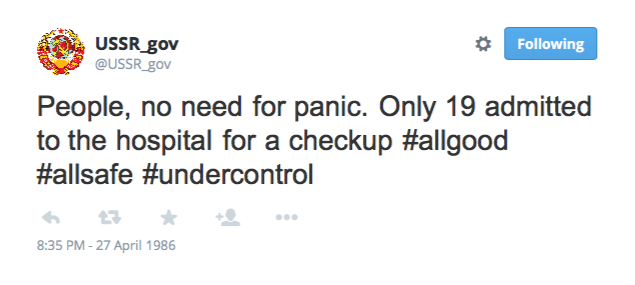 |
 |
 |
 |
 |
 |
 |
 |
 |
 |
 |
 |
 |
 |
 |
 |
 |
 |
 |
 |
 |
 |
 |
 |
 |
 |
 |
 |
 |
Possibly unknown terms and acronyms:
- Unit 4 – The Chernobyl Nuclear Power Plant consisted of four reactors, which are sometimes also referred to as Unit 1, 2, 3 and 4.
- TASS – The largest Russian News Agency, founded in 1902.
- FDR – Federal Republic of Germany (Bundesrepublik Deutschland), also known as West Germany.
- Pripyat – A nowadays abandoned and in 1986 evacuated city in northern Ukraine, close to the border with Belarus, only few kilometers away from the Chernobyl Nuclear Power Plant.
- NPP Forsmark – A Nuclear Power Plant in Sweden, whose radiation monitors were the first outside the Soviet Union that detected elevated radiation levels as a consequence of the accident at the Chernobyl NPP.
- Meteo_USSR – the consequence of artistic freedom exercised in preparation of this tweet-feed. Imaginary meteorological/weather station that in this scenario warned the world about the runaway radioactive cloud (which really existed, though).

* The original chronicle of the accident was created as a part of a project “25 years after Chernobyl“, organized by Eustory in cooperation with the IBB Dortmund/IBB Minsk and financed by the Mercator Foundation.


